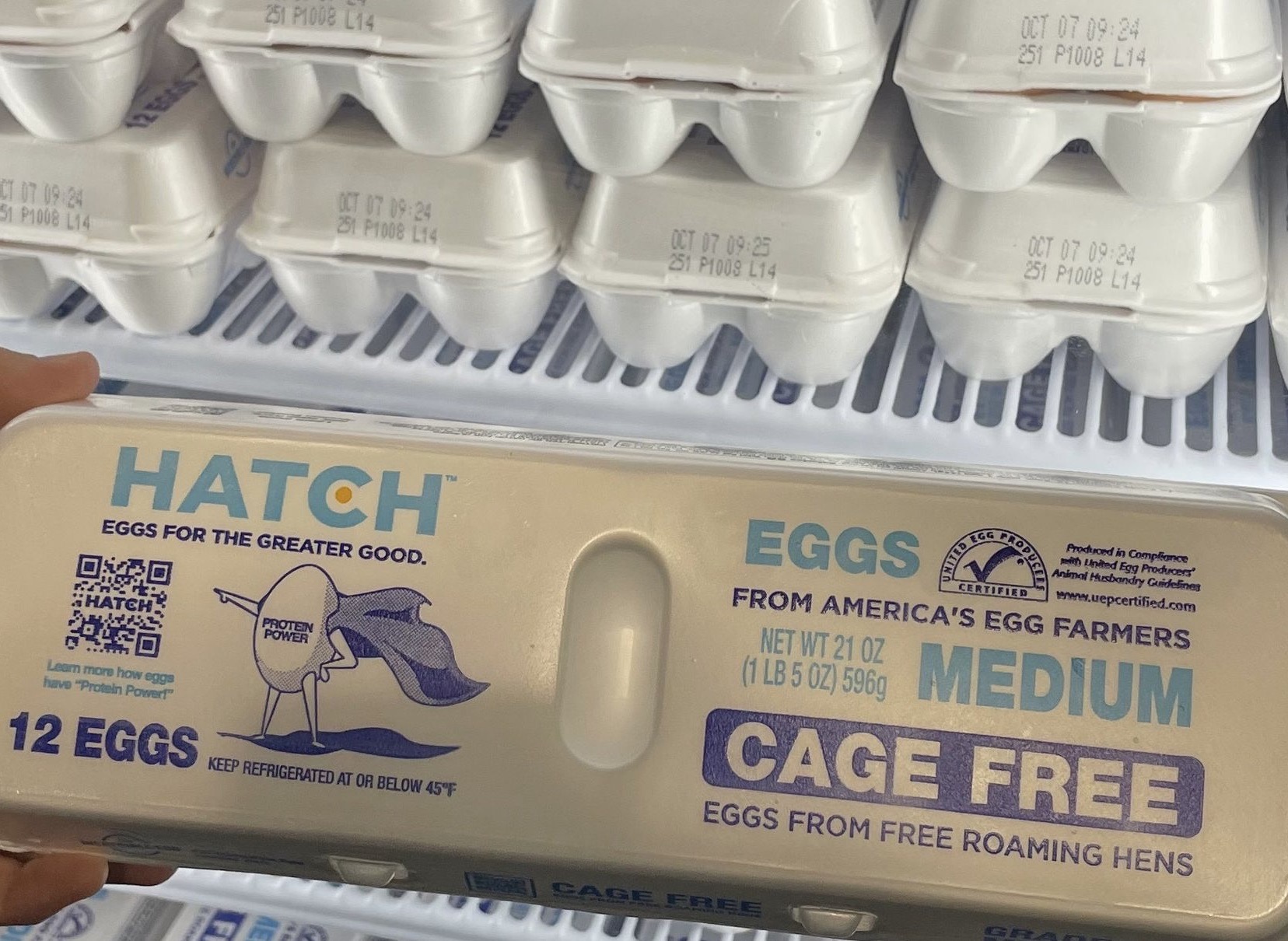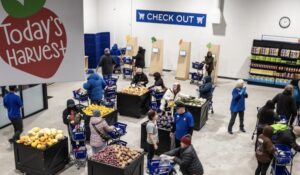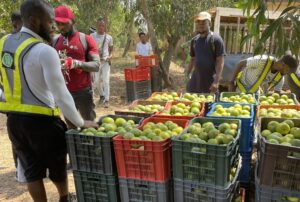At Hatch for Hunger, there’s no question whether the chicken or the egg came first. It was definitely the egg.
The Indiana-based nonprofit, founded in 2015, is committed to becoming the nation’s most reliable source of animal protein to America’s food banks. In late 2023, it announced the milestone of 10 million dozen eggs delivered to food banks in 33 states, putting it on its way to achieving its vision of supplying one million protein-rich meals a day by 2027 to change the eating habits of children by age nine.
All those eggs help fill a 500-million-pound protein gap at the nation’s food banks, said Danny Leckie, Hatch’s CEO. In 2023, Hatch also expanded into other animal proteins, delivering over a million pounds of whole chickens, leg quarters and drumsticks in the last quarter of 2023.

Hatch combines strong relationships with farms and processors, the aggregate purchasing power of food banks and a dependable fleet of third-party logistics companies to create a consistent, reliable chain of supply and demand. At its heart is a “shared value” model where “everybody receives something in this value chain,” Leckie said.
Suppliers get consistency and volume. An individual food bank or pantry may vary its demand for eggs from one month to the next, which is something producers and processors struggle to accommodate. “That’s where we come in,” Leckie said. “We convene the buying power, the size of the food banks, and we really utilize that to gain access to the protein.”
For food banks, the value is low-cost eggs. A key driver is Hatch’s focus on small- and medium-size eggs laid by younger hens. Lower retail demand for smaller eggs makes them much easier for Hatch to purchase consistently and at lower cost. Hatch designed its own egg carton to hold them, something you won’t find in the grocery store.
Hatch’s model emphasizes low cost, rather than donations, for greater impact. “The donations don’t make the change. When you can get a food bank or a food pantry to work this into their budget, to raise money towards it, and then come in below their budget, [you] create value for them,” Leckie said.
One food bank that’s seen that impact is the Greater Chicago Food Depository. In 2022, with egg prices “sky high,” the only eggs the Depository could find were large and jumbo eggs costing four or five dollars a carton, said Man-Yee Lee, Director of Communications. Hatch’s medium-size eggs “allowed us to stretch out our resources a lot more,” Lee said. “The only downside we could think of was that families maybe make a smaller omelet.”
Hatch was founded by Jeff Simmons, who currently chairs its board. While living in Brazil in the early 2000s, Simmons befriended a guard at his housing complex. When the guard appeared at Simmons’ door one rainy night with two daughters who hadn’t eaten in days, Simmons and his wife took them in, and Simmons wrote himself a note – “Never again will a child go hungry.” Simmons eventually returned to Indiana, determined to broaden hunger relief to hunger security, and expand food security to nutrition security. The result was Hatch.
Hatch remained hyperlocal until 2020, using one truck to deliver about 60,000 eggs a month to local pantries. When it expanded to food banks, like Gleaners Food Bank of Indiana and its regional co-operative, Fresh Connect Central, Hatch realized it was onto something. Today, Hatch connects some of the country’s top egg producers and two large chicken processors to more than 80 food banks in 33 states. While Hatch tries to steer pantries seeking eggs toward food banks due to transportation costs, Leckie welcomes anyone interested to reach out. “We do everything we can to work within what they need within their budget,” he said.
Hatch is strictly a farm-to-food bank operation, with no storage facilities or inventory. “Essentially, we take the volume that we know is available, we find a home for it,” Leckie said. In addition to arranging transportation, Hatch handles all the related details, such as dating, state regulations, sell-by dates, and best-by dates.
Hatch does, however, appreciate the importance of refrigerated storage for food pantries. In 2023, working with the American Egg Board, Hatch delivered 36 coolers that can hold 2,000 pounds apiece to food pantries currently serving more than 100,000 neighbors a month in 17 states. Hatch has also extended its model to disaster relief (the one area where it works with donations), connecting egg producers to food banks serving people affected by disasters in Florida and Hawaii.
Said Leckie, “We like to say that a small group of people is the only thing that’s ever changed the world. We believe that we’re on the cusp of figuring out how to do this and aligning with the right partners and getting it in the ways that people want it so it’s sustainable.” –Amanda Jaffe
Amanda Jaffe is a writer and former attorney with a deep interest in organizations and mechanisms that address food insecurity. Her online publication, Age of Enlightenment, is available on Substack, and her essays and articles may be found at www.amandajaffewrites.com.
Like what you’re reading?
Support Food Bank News









